A Comprehensive Guide to Gender Selection Legality and Procedures in Mexico

The desire to choose the gender of a child, whether for medical reasons or to achieve family balance, is a deeply personal one. For many people, navigating the legal and ethical landscape of reproductive technology can be complex, and finding a country where their wishes are permitted is a crucial step. Mexico has emerged as a leading destination for fertility treatments, offering a more flexible and welcoming environment for procedures like gender selection. This guide will provide a detailed overview of the legal status of gender selection in Mexico, the methods used, and what you should consider when planning your treatment. By understanding the regulations and available options, you can make an informed decision and feel confident in your journey toward building the family you desire.
Is gender selection legal in Mexico for all reasons?
One of the main reasons Mexico has become a popular destination for fertility tourism is its permissive laws regarding gender selection. Unlike some countries that have strict laws prohibiting or limiting the practice, Mexico's legal framework for assisted reproductive technology (ART) is more accommodating. This means that individuals and couples can pursue gender selection not only to prevent the transmission of genetic diseases but also for personal preferences, often referred to as "family balancing." This flexibility makes Mexico an attractive option for those who may be restricted by laws in their home countries.
The legality of gender selection in Mexico is a significant advantage for those who have a specific gender preference. The country's regulatory bodies, such as COFEPRIS (Federal Commission for the Protection Against Sanitary Risks) and CENATRA (National Transplant Center), oversee the safety and ethical standards of fertility clinics, but they do not impose the same strict prohibitions on gender selection that are found elsewhere. This environment allows clinics to openly offer and market these services to both domestic and international patients, providing a clear and legal path for family planning.
What are the primary methods for gender selection in Mexico?
There are two main techniques used by fertility clinics in Mexico for gender selection:
- Preimplantation Genetic Testing (PGT): This is the most accurate and widely used method for gender selection. During an IVF cycle, eggs are fertilized with sperm in a laboratory to create embryos. A few days later, a small number of cells are carefully biopsied from each embryo. These cells are then genetically analyzed to determine the gender and screen for chromosomal abnormalities. The embryos of the desired gender that are genetically healthy are then selected for transfer to the uterus. PGT offers nearly 100% accuracy in gender selection.
- MicroSort: This is a sperm-sorting technology that separates sperm based on whether they carry an X or Y chromosome. Sperm carrying the X chromosome (for a girl) are slightly larger than sperm carrying the Y chromosome (for a boy). The sorted sperm sample is then used for either Intrauterine Insemination (IUI) or, more commonly, IVF to increase the likelihood of conceiving a child of the desired gender. MicroSort is a preconception method and is not 100% accurate, with success rates typically ranging from 70-90% depending on the gender. It is important to note that MicroSort technology may only be available at specific clinics that are licensed to use it.
Both of these methods are highly advanced and require a specialized fertility clinic with a state-of-the-art laboratory and experienced embryologists.
What is the cost of gender selection in Mexico?
The cost of gender selection in Mexico is a major draw for international patients. While prices vary by clinic and location (e.g., Cancun, Puerto Vallarta), the overall cost is significantly lower than in countries like the United States, where a similar procedure can cost well over $20,000.
The quoted price for a gender selection package in Mexico usually includes:
- The full IVF cycle (ovarian stimulation, egg retrieval, fertilization)
- Laboratory fees and embryo culture
- Preimplantation Genetic Testing (PGT) for gender determination and chromosomal screening
- Embryo transfer
- Initial consultations and follow-up appointments during your stay
It is important to clarify with the clinic whether the cost includes medications, travel expenses, and accommodation, as these can add to the total cost. Most insurance plans do not cover gender selection for non-medical reasons, so patients should be prepared to pay for the procedure out-of-pocket.
How accurate is gender selection with PGT in Mexico?
The accuracy of gender selection is a critical factor for couples making this choice. PGT is the most reliable method, as it provides a definitive genetic analysis of the embryo's chromosomes. By identifying the presence of X and Y chromosomes, clinics can be virtually certain of the embryo's gender. This high level of accuracy gives intended parents a great deal of confidence in the outcome of their fertility treatment.
While no medical procedure can guarantee a 100% success rate for a live birth, the PGT method ensures that the embryo transferred to the uterus is of the desired gender. Success rates of the overall IVF cycle, which includes factors like a successful embryo transfer and implantation, will vary based on individual health factors, such as age and reproductive history.
Are there any ethical considerations for gender selection in Mexico?
The practice of gender selection, whether in Mexico or elsewhere, is a subject of ongoing ethical debate. While it is a personal choice for many families, critics raise concerns about the societal implications. Some of these ethical points include:
- Social Imbalance: The fear that widespread gender selection could lead to a skewed gender ratio in the population, potentially causing social problems.
- Commodification of Children: The idea that choosing a child's gender turns children into a "product" to be selected, rather than a gift to be cherished.
- Reinforcing Stereotypes: The concern that the practice could reinforce the idea that one gender is more desirable than another, perpetuating harmful stereotypes.
Despite these debates, clinics in Mexico operate within the legal framework provided by the country. They often emphasize that their services are designed to help families achieve their personal goals, whether those are to balance their family or to prevent serious genetic diseases. A reputable clinic will provide counseling to help patients consider all aspects of their decision.
How to choose a safe and reliable clinic for gender selection in Mexico?
Safety and quality of care should be a top priority when traveling for medical procedures. When researching clinics for gender selection in Mexico, consider the following:
- Accreditation: Look for clinics that are accredited by recognized international organizations, which indicates they adhere to high standards of care and safety.
- Surgeon Credentials: Ensure the doctors and embryologists are board-certified and have extensive experience in IVF and genetic testing.
- Technology: A good clinic will have a modern, well-equipped laboratory with the latest technology for PGT and other ART procedures.
- Transparency: The clinic should be upfront about all costs, including potential hidden fees. They should also provide clear information about the procedure, risks, and success rates.
- Communication: Choose a clinic with staff who are fluent in your language to ensure a smooth and clear communication process from consultation to post-operative care.
Conducting thorough research and having a virtual consultation before you travel will help you find a clinic that you feel comfortable and confident with.
Do I need a visa to travel to Mexico for gender selection?
For many international patients, the travel logistics are a key part of the process. Mexico is a popular destination for medical tourism because it is easily accessible for a large number of people.
As of the current travel regulations, citizens from countries such as the United States, Canada, most European Union nations, and Japan are allowed to enter Mexico without a visa for tourism or business purposes for up to 180 days. A valid passport is required. Since a typical gender selection cycle, which involves a few trips or one extended stay, falls within this timeframe, a visa is generally not necessary for these individuals. Always check the official website of the Mexican embassy or consulate in your country to confirm the most up-to-date travel requirements before you finalize your plans.
Looking for a trusted partner to guide you through the process of gender selection in Mexico? PlacidWay specializes in connecting patients with top-rated, accredited clinics worldwide. We can help you find a facility that aligns with your family planning goals and offers the highest standards of care. Contact us today to learn more and take the first step toward your dreams of family balancing.


.png)



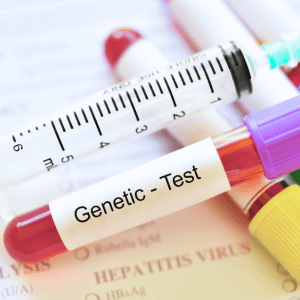

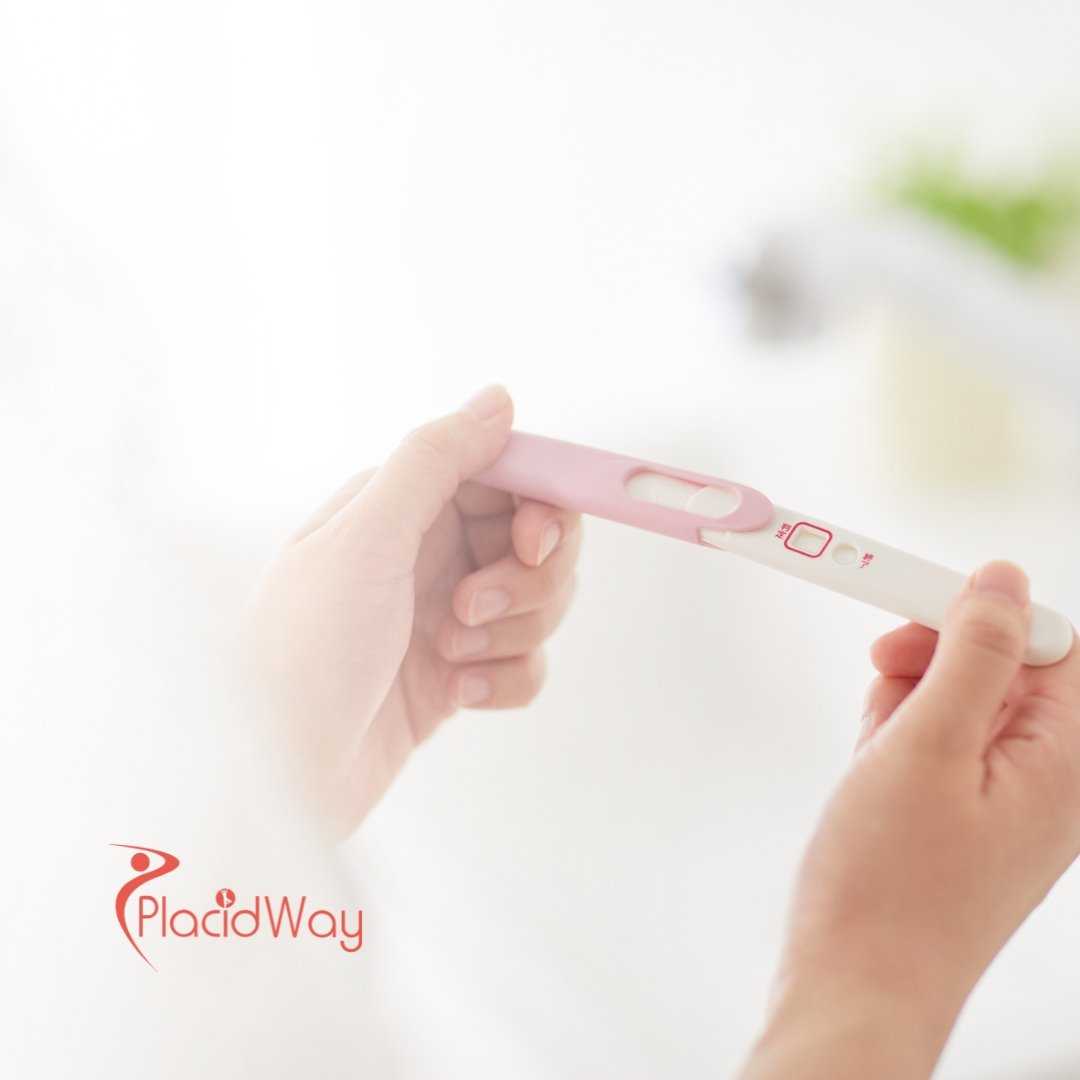


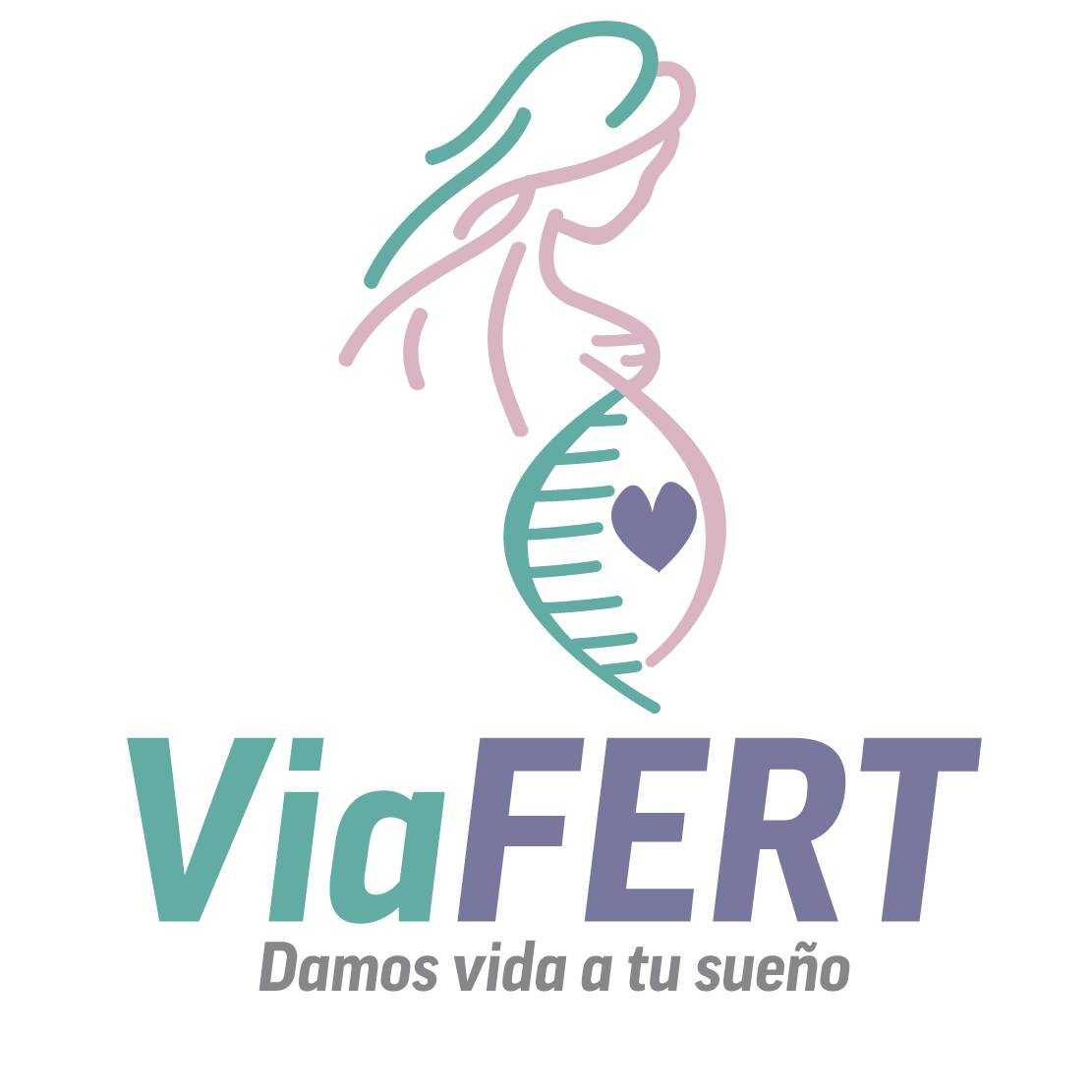
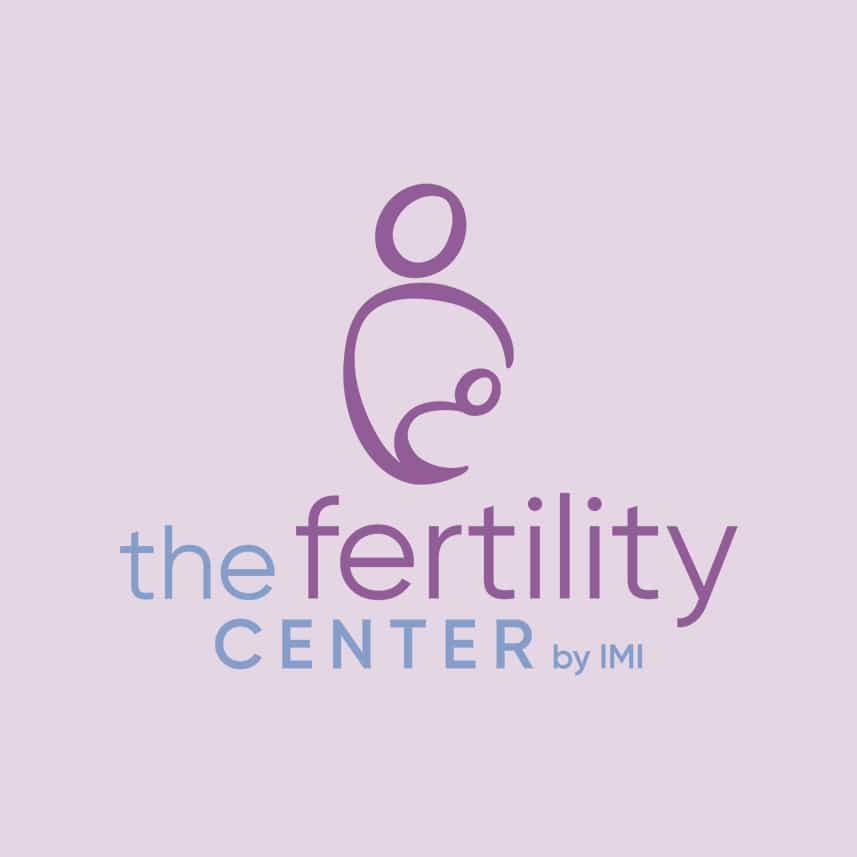
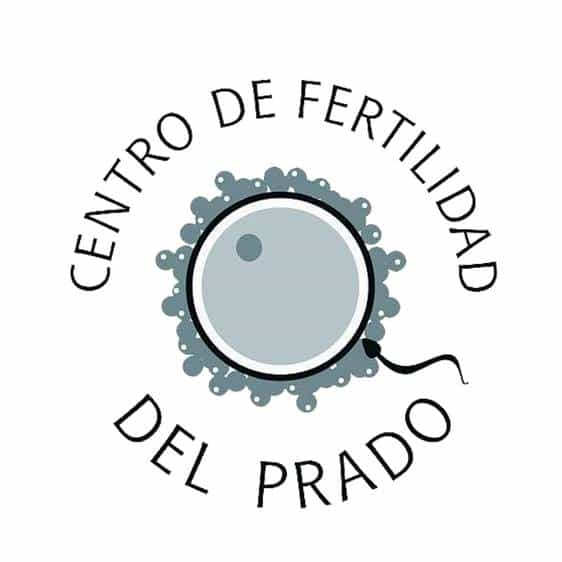

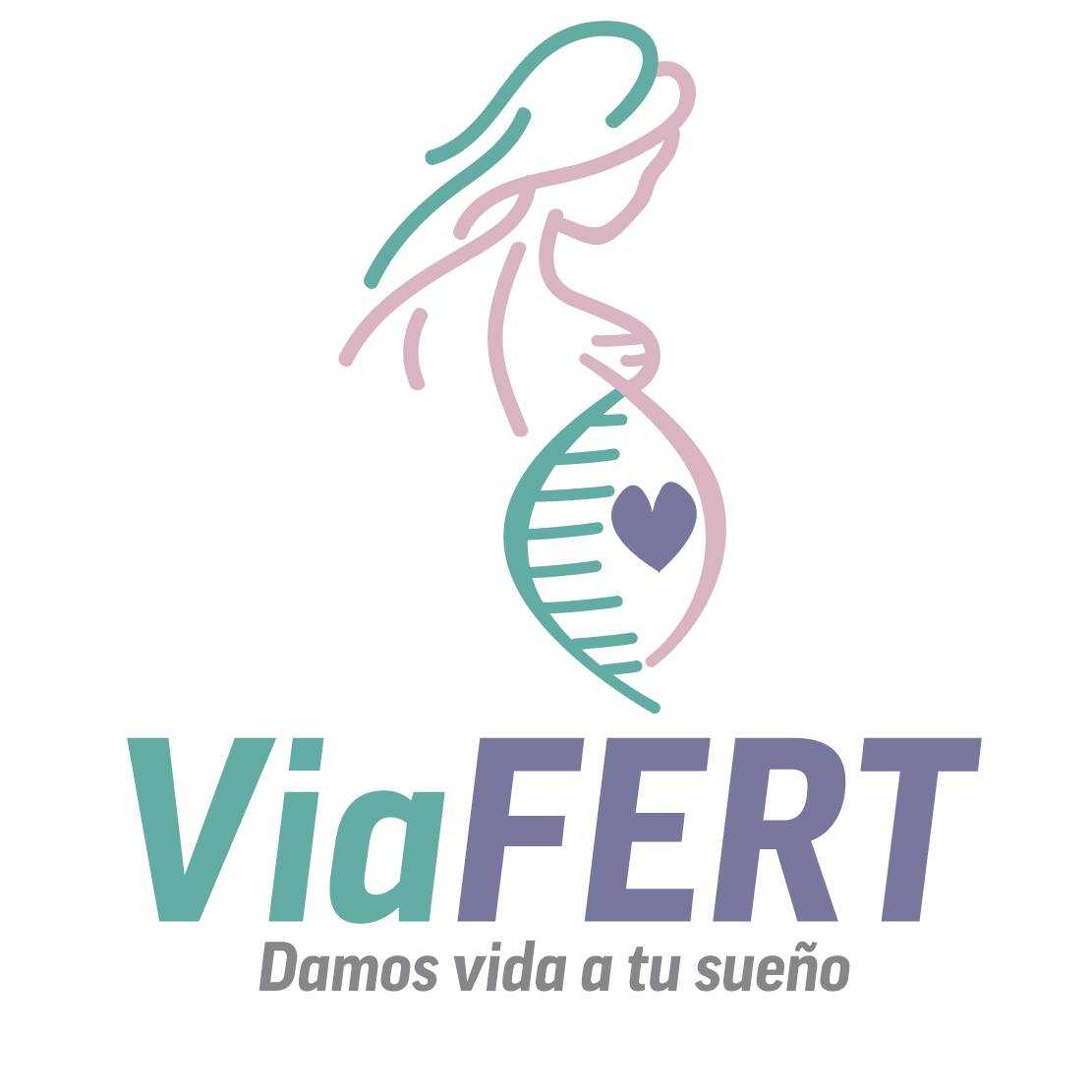

Share this listing